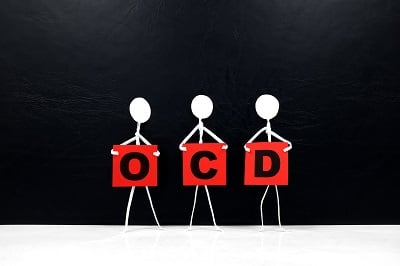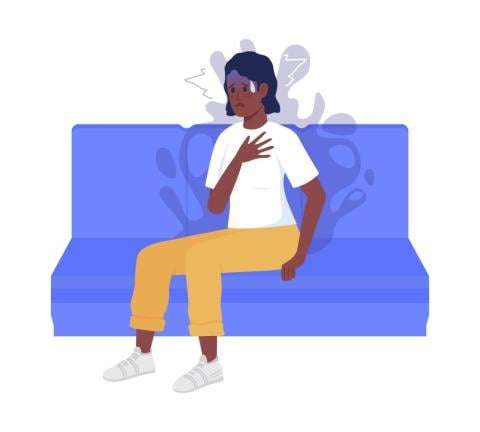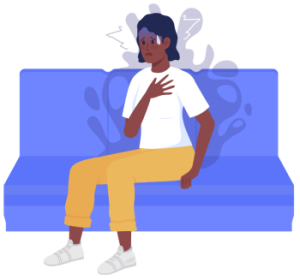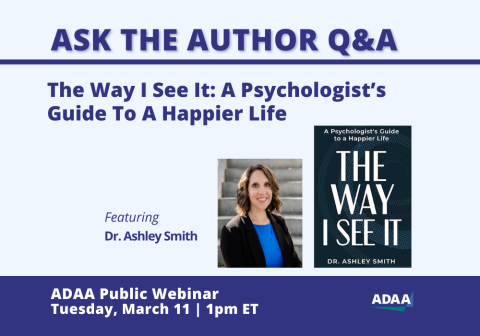The Many Masks of OCD
The Many Masks of OCD

Obsessive-Compulsive Disorder is a complicated and debilitating mental illness. By the definition in the Diagnostic Statistical Manual (APA, 2013), OCD is classified as a neurological disorder where a person will perform a series of rituals or compulsions in response to persistent and unwanted intrusive thoughts or obsessions. Many experts and researchers consider OCD to be a syndrome because it includes other disorders, such as depression, anxiety disorders, panic disorder, eating disorders, and so on. Some of the most common co-occurring disorders are trichotillomania (hair-pulling), dermatillomania (skin-picking), and Body Dysmorphic Disorder (BDD). All of these disorders occur alongside OCD so often, they are considered part of the spectrum of obsessive-compulsive behaviors, not unlike the autistic spectrum. In order to better understand these disorders and their relationship to OCD, we must first understand the difference between compulsive behavior and impulsive behavior.
In evaluating these disorders, it is key to identify whether a person’s actions are impulsive or compulsive. If a behavior is compulsive, it is seen as something unpleasant and distressing. For example, a patient can understand that flipping a light switch on and off in multiples of three will not prevent bad things from happening to them, but they feel they have no choice to not perform this task. Conversely, impulsive behavior, such as shoplifting or binge drinking, is more consistent with satisfying an urge that is pleasurable rather than disturbing and may not understand the consequences of their actions. These actions can also be described on a spectrum, as illustrated in the image below.

Compared to disorders such as pyromania and Antisocial Personality Disorder (ASPD), OCD, BDD, trichotillomania, and dermatillomania are known as compulsive disorders rather than impulsive. They are not reflective of a person’s core values or personality and are due to an underlying neurological condition. On the other hand, an individual with ASPD will find the impulsive behavior pleasurable instead of disturbing, thereby making it more likely that they will lean into the behavior.
Body Dysmorphic Disorder is defined by an excessive preoccupation with one’s own appearance. This disorder falls under compulsive disorders on the spectrum and can be treated with medication and Cognitive Behavioral Therapy specializing in exposure sessions for the patient. One of the unique exposure techniques used at the Westwood Institute is the “crooked mirror” exposure, which involves a patient observing a purposely distorted image of their body in order to acclimate them to the anxiety they feel about their body. What distinguishes BDD from OCD is the person’s focus on the body and the delusion that there is something wrong with their appearance. The delusional aspect of these beliefs puts BDD somewhere in the middle of the spectrum between compulsivity and impulsivity because the patient believes that their body is incorrect due to perceived flaws and imperfections which is not objectively true. When evaluating a patient, it is paramount that the clinician make the distinction between these disorders, as it will make the difference between recovery and worsening of symptoms.
Trichotillomania, or hair-pulling, is classified under Body-Focused Repetitive Behaviors (BFRB) and considered a compulsive disorder. However, it is noted in certain cases that a person may find hair-pulling to be a pleasurable activity, making it more of an impulsive behavior than compulsive. Because of this, the better choice of treatment may be abstinence combined with other forms of cognitive behavioral therapy such as exposure sessions that ask the patient to sit without pulling out any hairs or wear rubber finger covers until the therapist feels they will not pull on their hair. This is similar to breaking the habit of biting your nails or sucking your thumb. Like OCD, trichotillomania can also be managed with medications such as SSRIs and has shown to be most effective when combined with therapy.
Dermotillomania, or skin-picking, is also considered a BFRB and falls on the compulsive end of the spectrum. Skin-picking is particularly destructive to an individual’s physical appearance, as the habit can cause bleeding, bruising, infections, or permanent disfigurement. This disorder is also treated with medication, HRT, and ExRP, but the success treatment will depend on how well they understand their own issues. Higher levels of insight are more associated with compulsive behavior because it causes the person to feel more anxious due to their perceived lack of control. On the other hand, lower levels of insight are more associated with impulsive behaviors because the person may not understand what effect their actions have on themselves and others. This is also why the proper assessment of these behaviors cannot be stressed enough. Patients and clinicians alike must work together in order for the treatment to be successful.
For more information on research concerning OCD and related disorders, please contact the Westwood Institute for Anxiety Disorders in Los Angeles, CA at our website: www.hope4ocd.com or email us at [email protected]. Additional information about OCD can be found on the ADAA website.
Special thanks to Rebecca Braverman for her assistance in writing this blog.

















